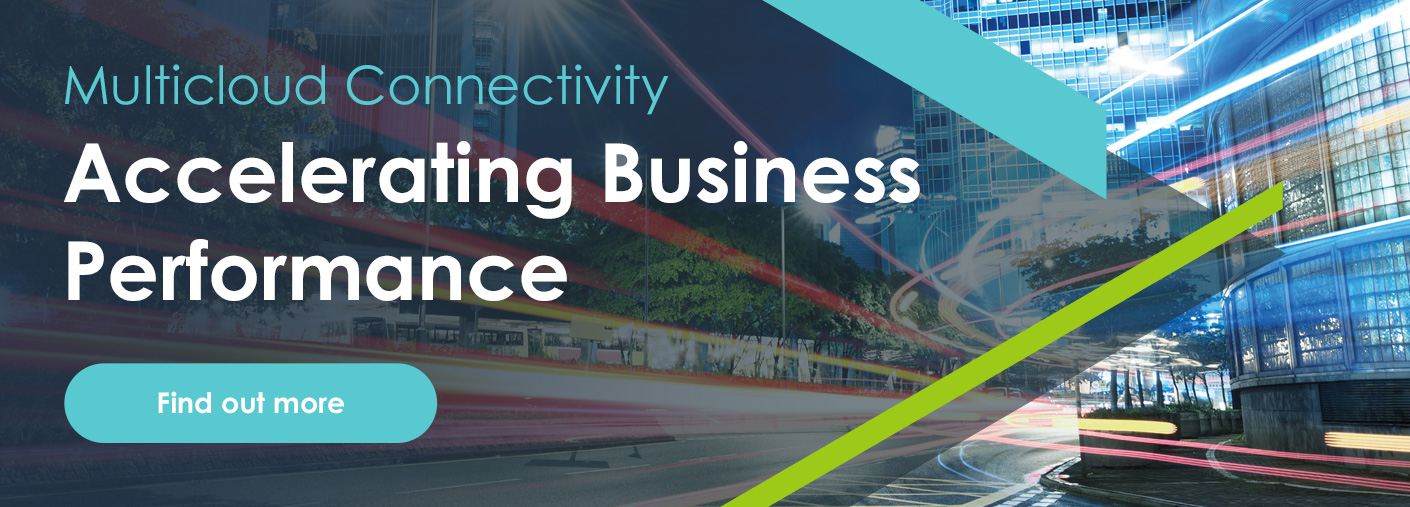Mastering SASE Integration: 4 Steps for Success

October 2023
by David Nelson – Product Lead, Security and Connectivity
In the ever-evolving landscape of IT and cybersecurity, Secure Access Service Edge (SASE) has emerged as a transformative paradigm. By converging networking and security, SASE offers a holistic solution to the challenges of modern connectivity.
However, the journey towards successful SASE integration requires more than enthusiasm; it demands careful planning, meticulous assessment, and strategic execution.
Although it might sound simple, the deployment and management of a SASE architecture can be complex. For many, this complexity spikes when you start to consider the integration challenge.
In this blog post, I want to walk through a few essential steps to consider before embarking on SASE integration and, if you’ll allow me, I want to highlight how independent consulting and assessment services can prove a powerful resource.
Laying the Foundation: Preparing for SASE Integration
As you prepare to integrate a SASE architecture with existing networks and tools, a systematic approach is paramount.
There are 5 key areas that require specific attention in your integration planning.
Network infrastructure
Of course, you can deploy SASE over existing network infrastructure. However, you may need to consider what changes need to be made. This could involve deploying new edge devices or updating routing configuration.
Security infrastructure
There is no doubt the opportunity to consolidate existing security infrastructure, such as firewalls, intrusion detection systems, and web filtering systems is a key benefit. However, you may need to make some changes to how these systems are configured and managed.
Identity and access management (IAM) systems
A SASE architecture will need to integrate with your IAM system to provide secure access to applications and resources. You will need to configure your system accordingly.
Cloud applications
Providing secure access to your cloud applications, such as SaaS, PaaS, and IaaS is probably one of your main drivers. However, you are likely to have some work to do here to configure your cloud applications to work with your chosen architecture.
Third-party systems
Your new SASE solution may integrate with other third-party systems, such as SIEM tools and threat intelligence feeds; vendors such as Cisco will have integrations with Microsoft Sentinel and other SIEM platforms. This does mean you will need to undertake some configuration of these systems to work with your SASE solution.
It can be quite a challenge if your resources are already stretched and overworked.
That said, it’s important to carefully plan and test your SASE integration before deploying it in production.
Working with an experienced MSP will get you access to support and guidance on the integration process for your organisation.
To get you started then, here are 4 key considerations that can help you pave the way for a seamless and successful integration process.
1 - Initiate an Infrastructure Assessment
Before embarking on any integration journey, it’s crucial to understand your existing infrastructure. A thorough assessment helps identify strengths, weaknesses, and areas that need improvement. By evaluating your network architecture, security protocols, and user requirements, you’ll gain insights into the gaps that SASE integration can fill. Maintel offers a range of assessment and audit services that can support you in this task. To find out more about how you can go about assessing your infrastructure, get in touch and one of our team will walk you through the options.
2 - Start with integration objectives
What are your goals for SASE integration? Are you looking to enhance security, optimise network performance, or achieve a balance between both? Defining clear integration objectives helps align your efforts with tangible outcomes. Whether it’s streamlining remote access, improving connectivity to your cloud infrastructure/applications, or fortifying data protection, having a well-defined roadmap is essential.
3 - Construct a Migration Plan
A migration plan outlines the systematic steps for transitioning from your current setup to the SASE framework. It includes considerations for data migration, application compatibility, security policies, and user training. A carefully crafted migration plan minimises disruptions and ensures a smooth transition for your workforce. And, depending on the size of your estate, the best plans are created with the guidance of third-party experts.
4 - Create a timeline that is realistic
Integration doesn’t happen overnight. Establishing a realistic timeline is crucial for managing expectations and resources. Factor in assessment time, planning, testing, deployment, and post-deployment optimisations. A well-structured timeline ensures that every phase of the integration process receives the attention it deserves.
Sounds straightforward, right? Of course, implementing a new architecture has its challenges and a bunch of hidden pitfalls. And if your team is stretched already, the temptation is to cut a few corners here and there.
How can you avoid that? Let’s look at what Maintel could do as a starter.
The Role of Maintel Consulting and Assessment Services
At Maintel, we understand that embarking on SASE integration is a significant undertaking. That’s why our consulting and assessment services are designed to be your trusted partners throughout this journey. Here’s how we can help.
Expert Guidance
Our team of network professionals provides expert guidance tailored to your unique needs. We assess your existing infrastructure and work closely with you to define integration objectives that align with your business goals.
Comprehensive Assessments
Our thorough infrastructure assessment helps identify areas of improvement and pinpoints opportunities for enhancing security and performance. This assessment provides a solid foundation for the integration strategy we’ll help you build.
Customised Migration Planning
We collaborate with you to create a migration plan that considers your specific requirements. Our goal is to ensure that the transition is seamless, minimising disruptions and maximising the value of your SASE deployment.
Realistic Timeline Planning
A successful integration relies on a well-structured timeline. We help you plan a timeline that factors in every essential phase, allowing you to track progress and ensure that milestones are met.
Co-managed Service Model
We understand that different organisations have different needs. That’s why we make it easy to choose from a range of service models, including DIY, Do-It-for-Me, or a Co-managed service model. Our flexibility ensures that you receive the level of support that aligns with your capabilities and goals.
The importance of making informed decisions
As you prepare to integrate SASE into your network, the importance of a strategic approach cannot be overstated. The meticulous planning, assessment, and guidance provided by Maintel ensures that your integration journey is not only successful but also empowering.
With a clear roadmap and the right partners by your side, you can confidently step into the future of networking and security, knowing that your investment in SASE integration will yield transformative results.
Your Next Step
At Maintel, we believe that a well-executed integration sets the stage for enhanced security, improved performance, and optimised user experiences.
Contact us today and explore how you can transform your SASE journey into a story of success.
Together, we’ll navigate the complexities and ensure that your organisation emerges stronger, more secure, and better equipped for the digital challenges of tomorrow.
Got a Question?
Our expert team is readily available to help with any questions you may have.
Want to know more about how Maintel’s cloud first approach can bring your business closer to your customers? Just fill out the form or call us at
0344 871 1122 (local rate).
© 2024 Maintel
We use cookies on our website to give you the most relevant experience by remembering your preferences and repeat visits. By clicking “Accept All”, you consent to the use of ALL the cookies. However, you may visit "Cookie Settings" to provide a controlled consent.
Manage consent
Privacy Overview
This website uses cookies to improve your experience while you navigate through the website. Out of these, the cookies that are categorized as necessary are stored on your browser as they are essential for the working of basic functionalities of the website. We also use third-party cookies that help us analyze and understand how you use this website. These cookies will be stored in your browser only with your consent. You also have the option to opt-out of these cookies. But opting out of some of these cookies may affect your browsing experience.
Necessary cookies are absolutely essential for the website to function properly. These cookies ensure basic functionalities and security features of the website, anonymously.
| Cookie | Duration | Description |
|---|---|---|
| cookielawinfo-checkbox-analytics | 11 months | This cookie is set by GDPR Cookie Consent plugin. The cookie is used to store the user consent for the cookies in the category "Analytics". |
| cookielawinfo-checkbox-functional | 11 months | The cookie is set by GDPR cookie consent to record the user consent for the cookies in the category "Functional". |
| cookielawinfo-checkbox-necessary | 11 months | This cookie is set by GDPR Cookie Consent plugin. The cookies is used to store the user consent for the cookies in the category "Necessary". |
| cookielawinfo-checkbox-others | 11 months | This cookie is set by GDPR Cookie Consent plugin. The cookie is used to store the user consent for the cookies in the category "Other. |
| cookielawinfo-checkbox-performance | 11 months | This cookie is set by GDPR Cookie Consent plugin. The cookie is used to store the user consent for the cookies in the category "Performance". |
| viewed_cookie_policy | 11 months | The cookie is set by the GDPR Cookie Consent plugin and is used to store whether or not user has consented to the use of cookies. It does not store any personal data. |
Functional cookies help to perform certain functionalities like sharing the content of the website on social media platforms, collect feedbacks, and other third-party features.
Performance cookies are used to understand and analyze the key performance indexes of the website which helps in delivering a better user experience for the visitors.
Analytical cookies are used to understand how visitors interact with the website. These cookies help provide information on metrics the number of visitors, bounce rate, traffic source, etc.
Advertisement cookies are used to provide visitors with relevant ads and marketing campaigns. These cookies track visitors across websites and collect information to provide customized ads.
Other uncategorized cookies are those that are being analyzed and have not been classified into a category as yet.


